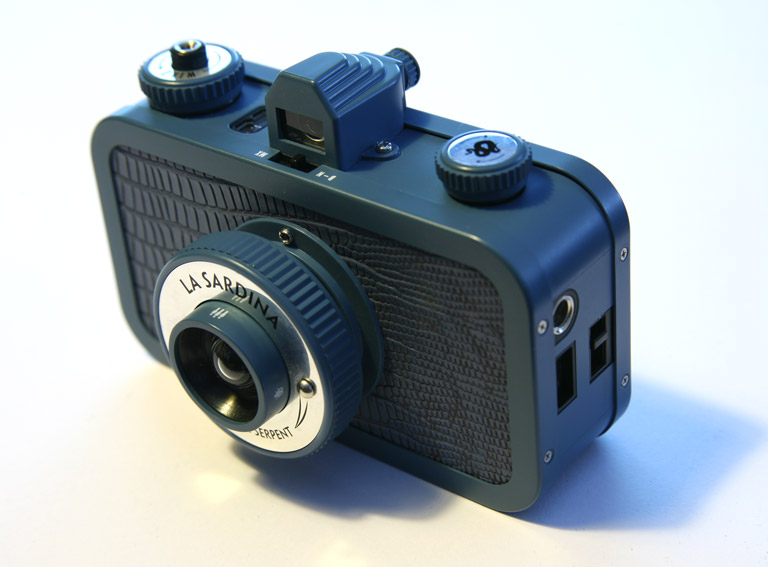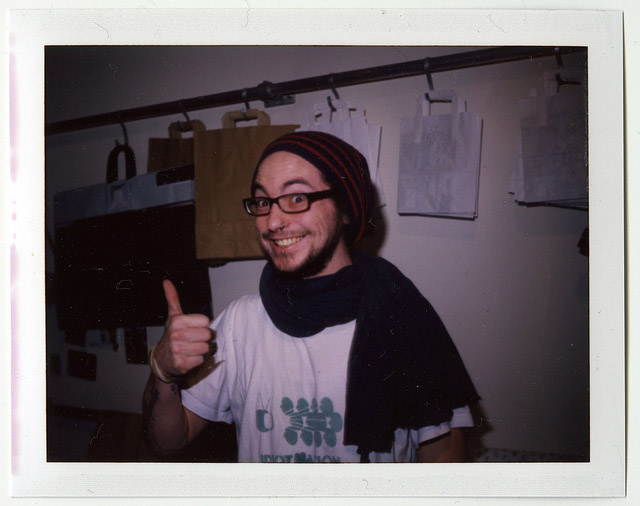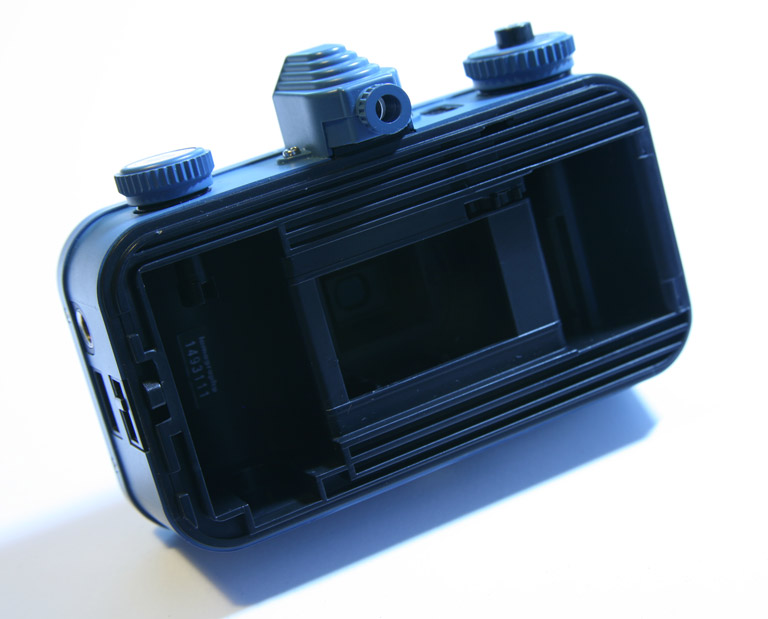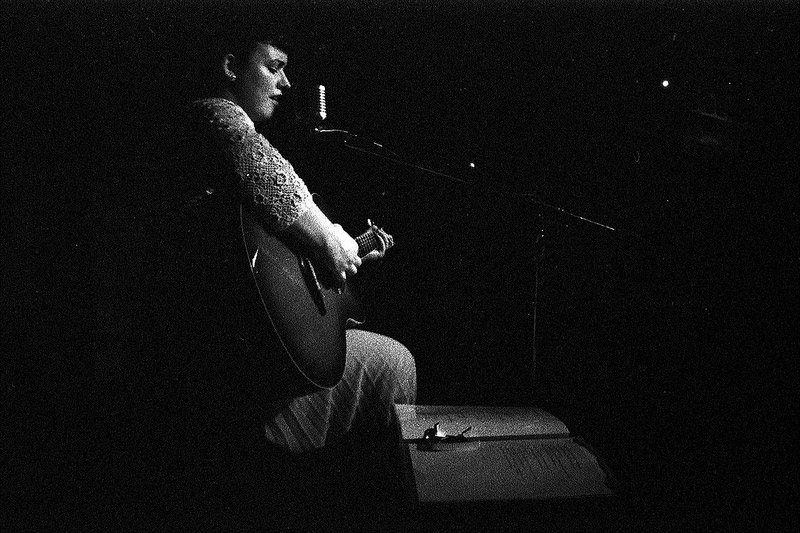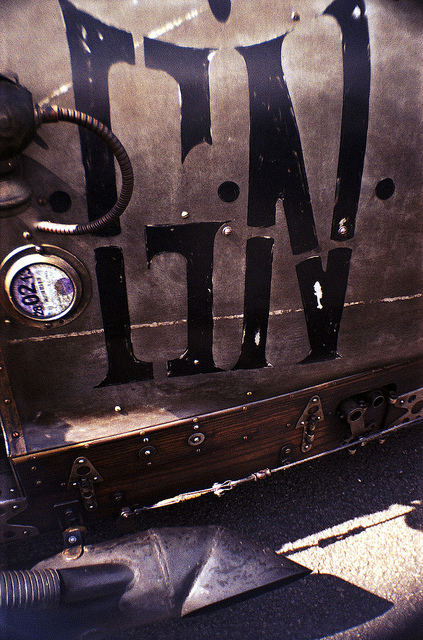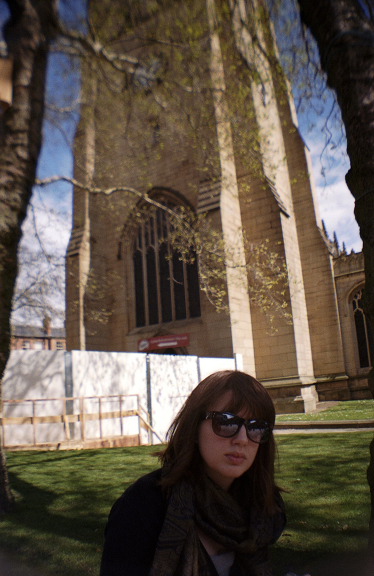Lomography La Sardina 35mm – Review
The Lomography La Sardina is a small, plastic camera with a wide angle lens. I picked mine up at the Lomography shop during a college visit to Berlin. I bought it as part of a bundle which included badges, a T-shirt, 3 rolls of Lomography ‘Color xPro Chrome 100’film and a large canvas bag.
What’s in the box?
In a beautifully packaged box, you also get a lens cap, instructions, and a book about the La Sardina camera. The enclosed book certainly makes you feel as though you’ve invested in a camera to go on adventurers with, and is excellently designed with colourful pictures, and lovely typography.
Loading and operating the camera
The back simply opens with a small leaver on the left hand side, with the rewind sprocket pulling out to place a film into. Once in, it’s simply a case of threading it through the pickup spool, windinding it round, and replacing the back. A couple of quick shots and winds and then you’re ready to shoot. This camera does come with a counter, easily seen at the top.
To prepare for shooting, the front lens housing of the camera twists, pulls out, and then locks back. I think this is the one downside to this camera, as sometimes forgetting to do this in the heat of the moment means you get blank frames. I usually extend the front at the start of a day’s worth of shooting, and leave the front out.
The technical stuff
The camera has two firing modes – bulb, and instant. These are selected with a small switch in front of the viewfinder. The aperture is f/8 (which is fixed), and the instant speed is 1/100s. the lens is 22mm wide, and the closes focusing distance is 0.6m. There are two focus settings – short (for subjects less than 1m) and long (over 1m). This is achieved by twisting the lens surround to either the fly (close range) or 3 figures (for long range).
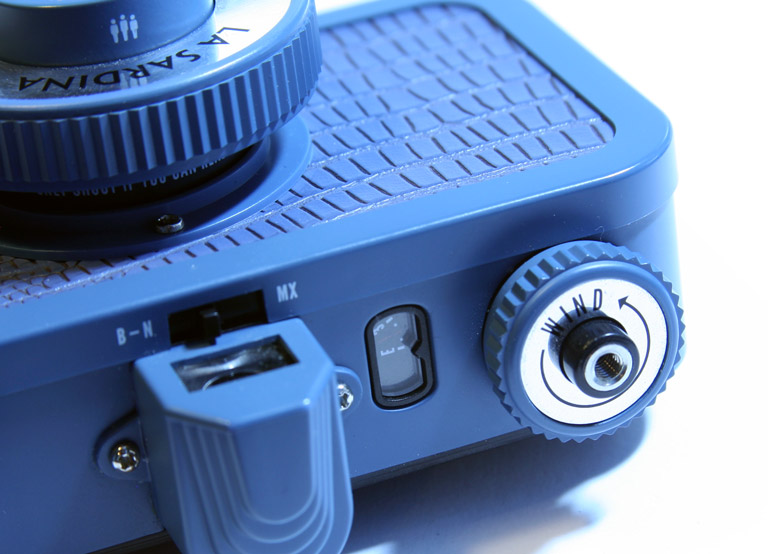
The main controls of the camera: focusing ring, counter, viewvinder, shutter speed switch, and shutter button.
The early shots
I took the La Sardina out to an Open Mic Night at The Hop, Wakefield. I loaded a roll of Ilford 3200, and it soon became apparent that I’d have to push it to 6400. The camera was easy to use, and after development I had some (rather dark) shots. The f/8 aperture isn’t really suitable for this kind of environment, unless you want to use the bulb mode. Still, I managed to get some atmospheric shots, more by luck if anything.
In sunnier weather, in colour
I took the La Sardina to the VSCC Spring Start event at Silverstone, and this time used Kodak ColorPlus 200 – which can be found in Poundland (an unsurprisingly, costs £1). I photographed vintage cars as they sat in the paddock, using the closeup focusing setting on the lens. I had the films developed at Fuji Digital Imaging, and scanned them on a Epson V700.
Wow, what a difference colour film and a bit of sunshine makes to this little camera! Close up shots of the cars had clear, sharp centres, with distorted, curved edges. I instantly regretted not taking more photographs with this camera, as the results really did have a unique style and feel to their own. I found that cramming subjects into the wide angle lens provided the best results, such as logos and car details.
The ideal ‘potter about’ camera
The La Sardina is the ideal camera to potter about with. It’s small enough to fit into a pocket, simple and quick to use, and cheap to run if you can find some Kodak Color Plus 200 at Poundland. As with any wide angle lens, it can be hard to frame photographs, and keep them interesting. I believe you either need to get in close to create impact, or get right back to emphasise a sense of scale.
To sum it all up…
The Lomography La Sardina is a great little camera for adventures. Simple to operate, light, compact and robust. The only small issue is the pull out lens, which can easily be forgotten about. I’d suggest leaving it open once you’ve loaded a film, so that you don’t have any missing frames disasters.
The enclosed book certainly makes you feel as though you’ve invested in a camera to go on adventurers with
The Lomography La Sardina starts at around £55, and is available in many different colours. The metal body versions cost a fair bit more, as do versions with the optional flash unit. You can pick one up at the Lomography online shop, or at one of their gallery stores.
You can see other shots I’ve taken on this camera in my Flickr La Sardina Set or in my Lomography Lab.
The Verdict: A take anywhere camera, and a great introduction to Lomography: 9/10
Posted in: 35mm, Film Photography, Lomography, Review

